|

On eBay Now...
Tsar Alexander Romanov Russian Royalty Imperial Eagle Royal Cipher Glass Goblet For Sale
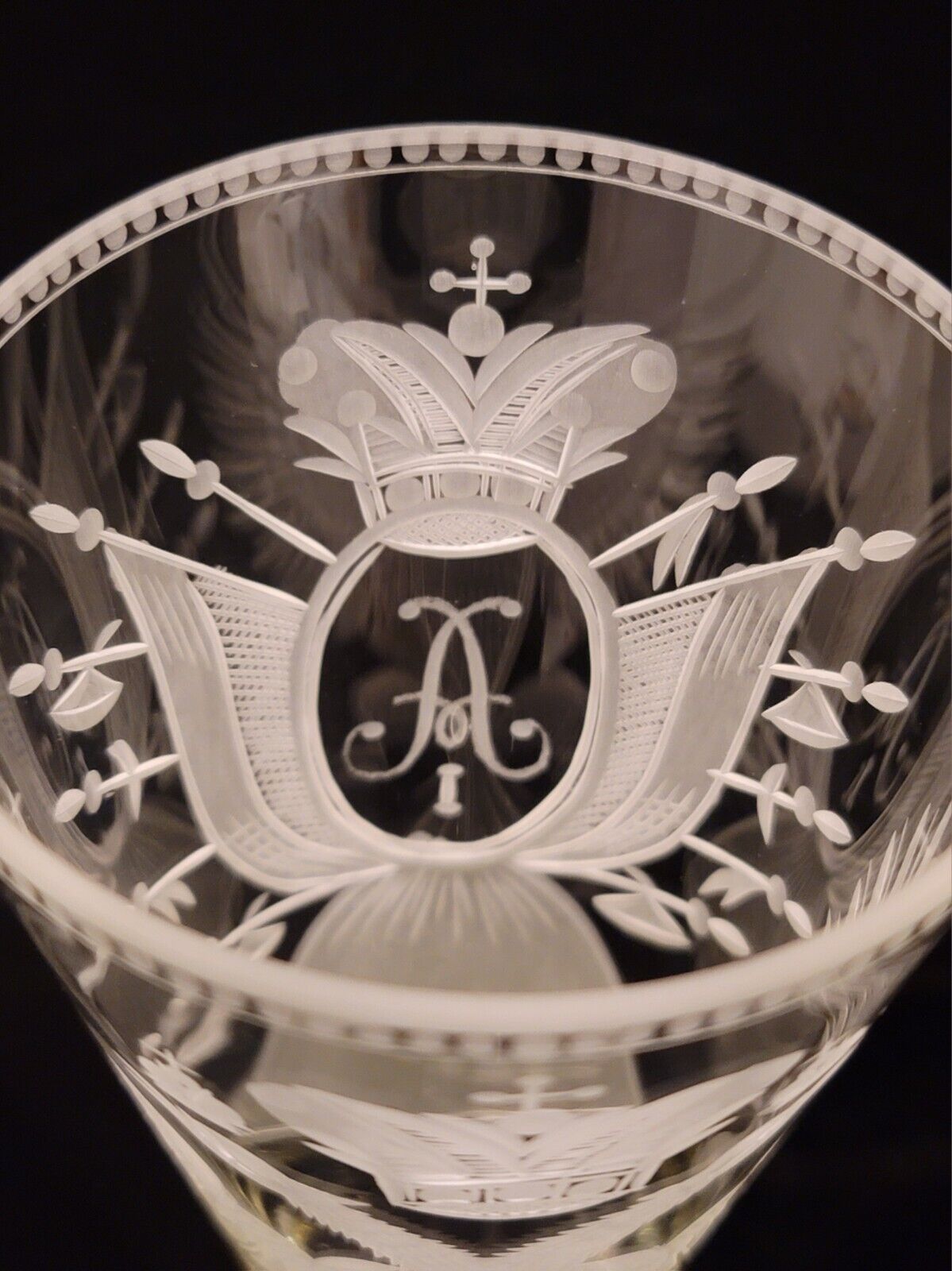
When you click on links to various merchants on this site and make a purchase, this can result in this site earning a commission. Affiliate programs and affiliations include, but are not limited to, the eBay Partner Network.

Tsar Alexander Romanov Russian Royalty Imperial Eagle Royal Cipher Glass Goblet:
$1999.95
LSE86. For your consideration is an exceedingly rare and historically important antique original c.1820's Russian Tsar Alexander I Winter Palace royal presentation military glass wine Goblet, featuring a masterfully hand-engraved imperial Russian Royal coat of arms and Alexander I military blazon with flags and cannons. Royal Tsar Alexander I goblet is original. Manufacturer is Imperial Glass Company. Approximate diameter of rim is 3.0". Height is 7.75". No chips, cracks, or repairs of any kind. Museum quality. Absolutely beautiful. Would make an excellent addition to any Royal collection. Guaranteed authentic. Alexander I (Russian: I romanized: Aleksandr I Pavlovich; 23 December [O.S. 12 December] 1777 – 1 December [O.S. 19 November] 1825), nicknamed "the Blessed", was Emperor of Russia from 1801, the first king of Congress Poland from 1815, and the grand duke of Finland from 1809 to his death in 1825. He was the eldest son of Emperor Paul I and Sophie Dorothea of Württemberg. The son of Grand Duke Paul Petrovich, later Paul I, Alexander succeeded to the throne after his father was murdered. He ruled Russia during the chaotic period of the Napoleonic Wars. As prince and during the early years of his reign, Alexander often used liberal rhetoric, but continued Russia's absolutist policies in practice. In the first years of his reign, he initiated some minor social reforms and (in 1803–04) major liberal educational reforms, such as building more universities. Alexander appointed Mikhail Speransky, the son of a village priest, as one of his closest advisors. The Collegia were abolished and replaced by the State Council, which was created to improve legislation. Plans were also made to set up a parliament and sign a constitution. Alexander also was hostile towards European powers. Unlike his predecessors who tried to westernize Russia so it can stand up to Europe, Alexander was a Russian nationalist and Slavophilist who wanted Russia to develop on the basis of Russian culture rather than European. The Slavophilism policy still remains the main foreign policy in Russia to this day. In foreign policy, he changed Russia's position towards France four times between 1804 and 1812 among neutrality, opposition, and alliance. In 1805 he joined Britain in the War of the Third Coalition against Napoleon, but after suffering massive defeats at the battles of Austerlitz and Friedland, he switched sides and formed an alliance with Napoleon by the Treaty of Tilsit (1807) and joined Napoleon's Continental System. He fought a small-scale naval war against Britain between 1807 and 1812 as well as a short war against Sweden (1808–09) after Sweden's refusal to join the Continental System. Alexander and Napoleon hardly agreed, especially regarding Poland, and the alliance collapsed by 1810. Alexander's greatest triumph came in 1812 when Napoleon's invasion of Russia proved to be a catastrophic disaster for the French. As part of the winning coalition against Napoleon, he gained territory in Finland and Poland. He formed the Holy Alliance to suppress revolutionary movements in Europe, which he saw as immoral threats to legitimate Christian monarchs. He also helped Austria's Klemens von Metternich in suppressing all national and liberal movements. During the second half of his reign, Alexander became increasingly arbitrary, reactionary, and fearful of plots against him; as a result, he ended many of the reforms he made earlier. He purged schools of foreign teachers, as education became more religiously driven as well as politically conservative. Speransky was replaced as advisor with the strict artillery inspector Aleksey Arakcheyev, who oversaw the creation of military settlements. Alexander died of typhus in December 1825 while on a trip to southern Russia. He left no legitimate children, as his two daughters died in childhood. Neither of his brothers wanted to become emperor. After a period of great confusion (that presaged the failed Decembrist revolt of liberal army officers in the weeks after his death), he was succeeded by his younger brother, Nicholas I.


Tsar Alexander Romanov Russian Royalty Imperial Eagle Royal Cipher Glass Goblet $1999.95
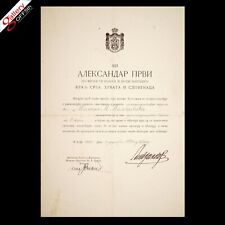
Tsar Czar Alexander II Serbia Signed Document Autograph The Crown Dowton Abbey $499.95
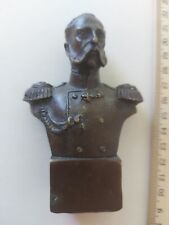
bronze bust sculpture Alexander II Tsar Of The Russian Empire/ 1855-1881/Vintage $75.00
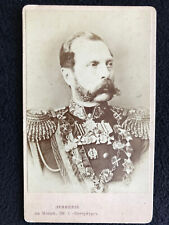
Unusual CDV Tsar Russia Alexander II with Chain Order St.Andrew Antique Levitsky $99.00
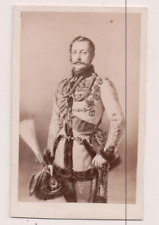
Vintage CDV Tsar Alexander II Emperor of Russia Desmaisons Photo $29.99
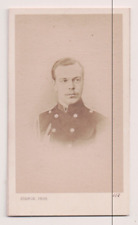
Vintage CDV Tsar Alexander III Emperor of Russia Franck Photo $56.99
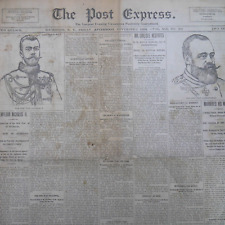
1894 POST EXPRESS Newspaper Russian Tsar Nicholas II Alexander Czar Royalty $46.16
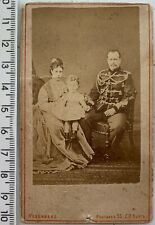
1870s CDV Vintage Russian Royalty Photo: Tsar Alexander III Romanov Emperor $299.00
|